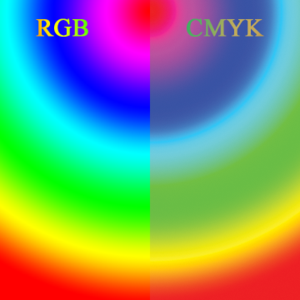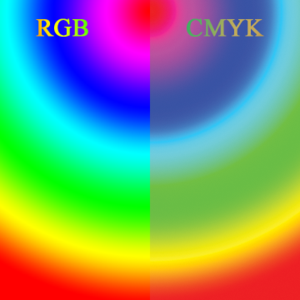
What is a Style Guide?
A style guide is a set of standards for the writing and design of documents and materials. A design style guide usually addresses logo usage, fonts, colors, and sometimes page layouts.
The use of a design style guide provides uniformity in the application of graphic elements and the formatting of materials. The goal is to achieve a consistent appearance across all materials — one of the foundations of visual branding.
Style guides for writing can be extremely in-depth, such as the Associated Press Stylebook, which details writing styles for comma use, abbreviations, titles, and much more. (A subject for a future post by one of my colleagues, I'm sure.) Or for design, it could focus solely on one element such as brand name use and appearance. A design style guide can be as simple as a couple of pages of logo usage examples, or as complicated as an entire binder (or website) created by a franchisor or multinational to cover every possible application of the identity.
Why Have a Style Guide?
Every company with a designed identity or brand mark needs a design standard. It serves as a reference for your in-house team, or for any external designers or agencies you work with. A style guide helps to:
- Enhance marketing and sales efforts with a consistent brand appearance
- Avoid distortion and deviation from your brand design
- Protect your brand and trademark
- Define the tone and essence of the company
What Should a Style Guide Contain?
At a minimum, a basic design guide needs to have the following:
- Logo: black-and-white version.
- Logo: color version.
- Logo: enhanced/alternate version (reverse)
- Logo colors: Pantone, CMYK, RGB codes.
- Logo sizes: minimum (screen and print), recommended (screen and print), white space surrounding area.
- Logo don’ts: examples of what should not be done with the logo
A note on color: When creating a brand name or symbol (a.k.a. logo), we start with black and white. After the image and shape are established, a color palette is developed beginning with solid colors for spot printing, then looking at process and web conversions.
When Should You Not Use the Design Style Guide?
The short answer is never. A good designer and production manager will always reference the brand standard. But, it is a starting point. Sometimes material is not included in the style guide – such as preference for logo use for co-branded marketing materials. And sometimes it will be necessary to update the guide to reflect changes in conventions and brand or company personality.
To wrap up—a style guide is always helpful. If I had the writing style guide for this blog - I would have known if the headline and subheads should be all CAPS, initial caps or simply sentence case. I'll trust the copy editor to fix it.
Links of Interest
Designing Style Guidelines for Brands and Websites (Smashing Magazine)

Photo style guidelines: Seven tips for your public sector agency
You're considering an image for your upcoming campaign, but you have an uneasy feeling about its content, tone and style. Perhaps establishing...

Basic Quality Control for your Brand Image
It’s a familiar problem. You have invested a great deal of time and money to create a strong visual identity for your mission-driven organization....


 Dave Bowers
Dave Bowers

